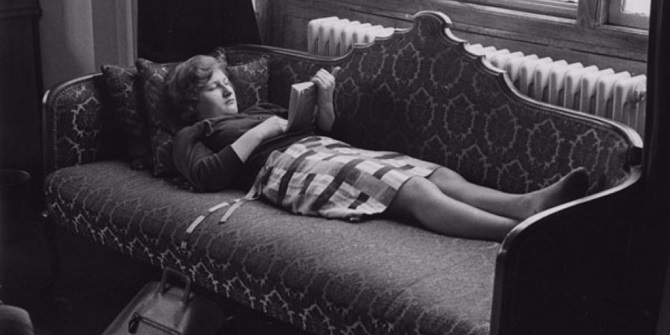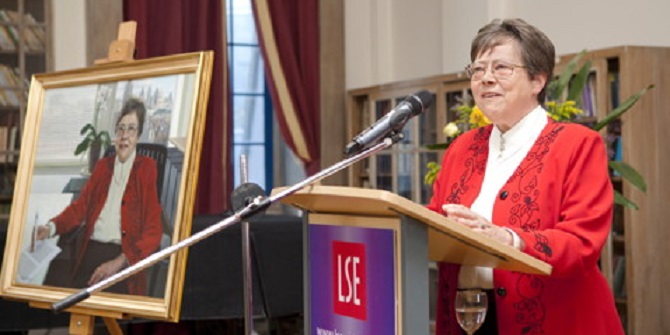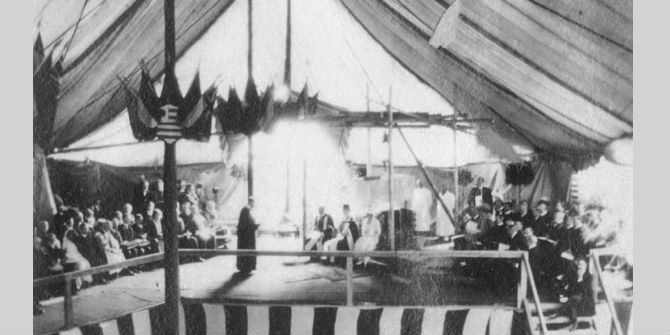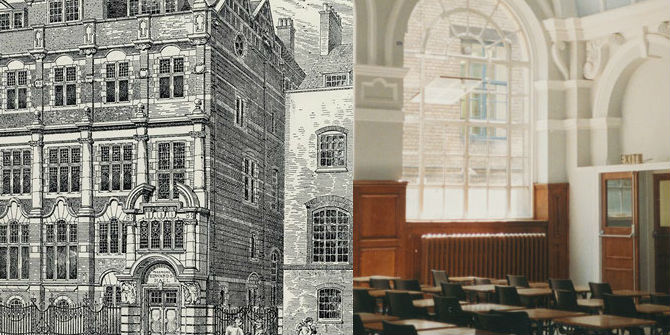On 24 October 2014 the Saw Swee Hock Student Centre held its official opening party. The Centre is a central hub for student life. Designed by the Dublin architects O’Donnell and Tuomey it was the first new commission on the LSE estate for 40 years, writes LSE Archivist Sue Donnelly. A review by the Guardian’s architecture critic called it a “red brick Eiger”.
In 1992 LSE acquired St Philip’s Hospital on Sheffield Street. The hospital was built in 1903 as a workhouse infirmary during the development of Kingsway by London County Council (LCC). The hospital joined the NHS in 1948 and in 1952 it was re-named St Philip’s Hospital. It closed in 1992 and the building was purchased by the School. Initially the building was used as teaching space and then housed the St Philip’s Medical Centre. But LSE had bigger plans for the site.
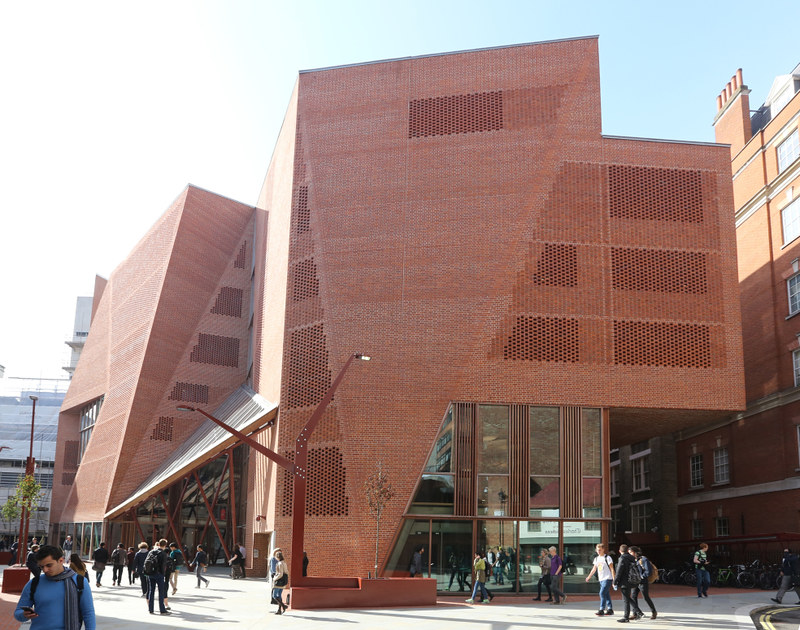
The School aspired to create “the best students’ building” – a space for students, meeting many of the social requirements in one building. The architects were chosen through an international competition attracting proposals from 133 architects and the designs of the shortlist of six were judged in 2009. The winners, O’Donnell and Tuomey, then consulted with the building’s proposed users to begin the initial designs. St Philip’s Hospital was demolished in 2011 and construction was completed in 2013. The building was opened in January 2014 and an official opening celebration followed on 24 October 2014.
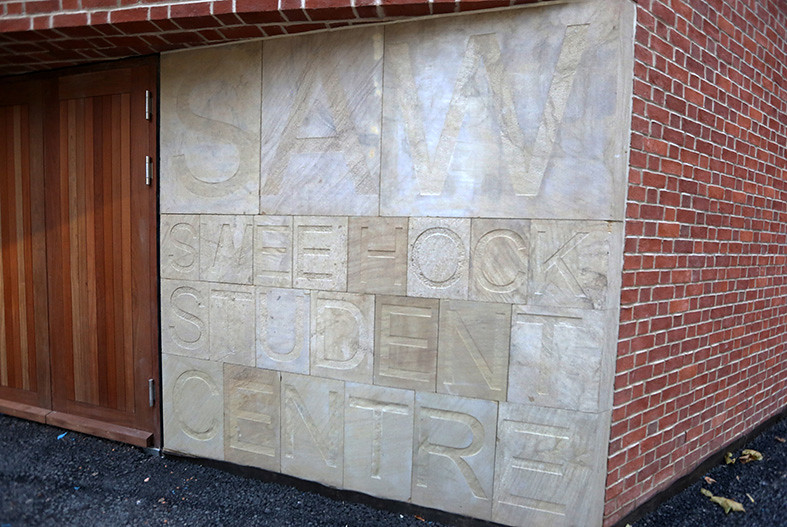
The completed design is striking with its angled design and perforated brick façade reflecting London’s brick cityscape. It also provides a robust space to support the many activities of a dynamic student body. The building aimed to achieve the highest environmental standards as assessed using the Buildings Research Establishments environmental assessment method (BREEAM). After assessment the Centre was found to have achieved a BREEAM status of outstanding. The Centre is home to the Students’ Union, LSE Residences, LSE Careers, the Faith Centre, LSE Generate and LSE Volunteer Centre and facilities include cafes, bar, gym and prayer rooms.

The building was named in honour of a landmark gift from Professor Saw Swee Hock who celebrated the 50th anniversary of his graduation from LSE in 2013. Professor Saw Swee Hock came to LSE in 1960 to study for his PhD in statistics, completed in 1962 as The Demography of Malaya with special reference to race differentials. He began his academic career at the University of Malaya in Kuala Lumpur (1963-1969), subsequently becoming Founding Professor of Statistics at the University of Hong Kong (1969-1971) and Professor of Statistics at NUS (1975-1991). He was the Founding Chairman of the National Statistical Commission of Singapore (1971-1975). He is currently a Professorial Fellow at the Institute of Southeast Asian Studies in Singapore. He is also an Honorary Fellow of LSE.
The building held its official opening on 24 October 2014 with a party atmosphere and events on every floor of the building, with talks, debates, live music and stand up comedy. It also included appearances by Ken Livingstone, former Mayor of London, and the former Archbishop of Canterbury, Rowan Williams.
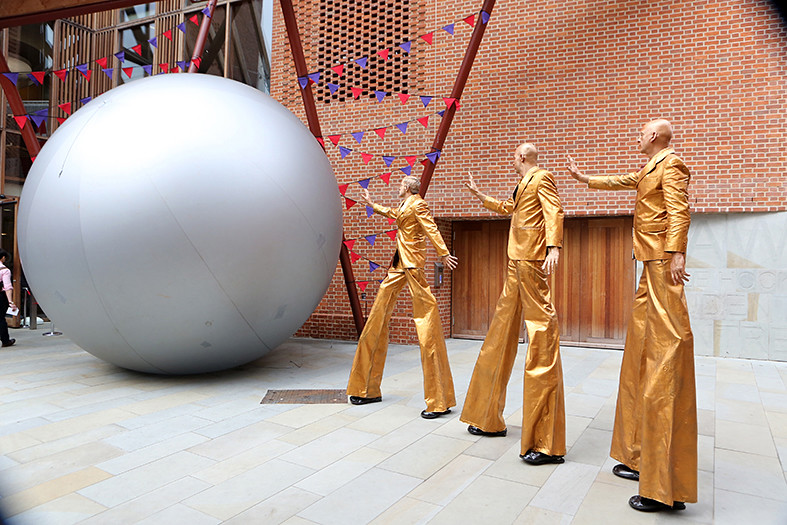
The Saw Swee Hock Centre was RIBA London Building of the Year 2014 and was shortlisted for the prestigious RIBA Stirling Prize.
Professor Saw Swee Hock passed away in 2021. Read an obituary on the LSE Condolences Blog.


